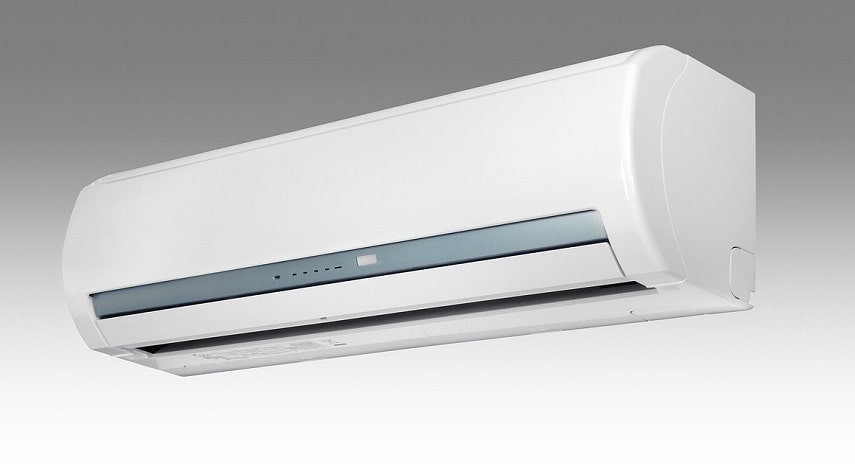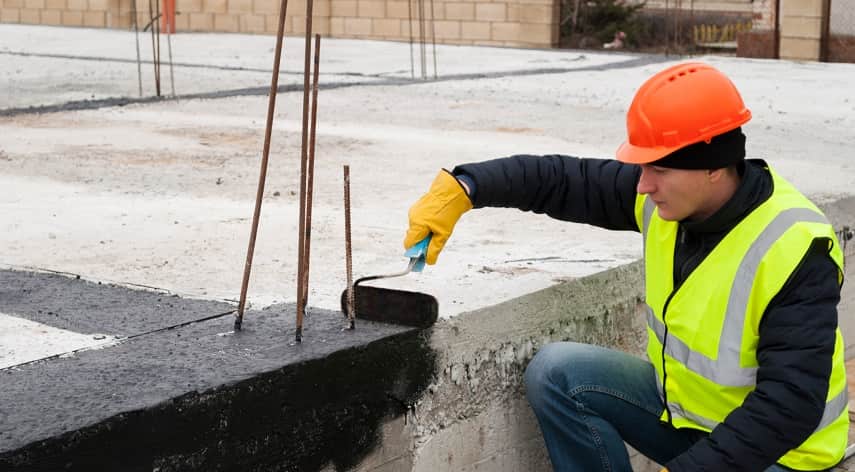Important Guidelines For Installation Of Split AC

Air conditioners have become an essential part of our lives, especially during hot and humid weather conditions. They are efficient and provide quick cooling, making them the preferred choice during the sweltering summer heat. However, installing a split air conditioner requires professional guidance to do correctly. As a homeowner, it is important to be aware of key guidelines for split AC installation to ensure peak performance, energy efficiency, and safety. Follow these tips for the best split AC installation.
Table of Contents
ToggleSelect An Ideal Location
Choose a location for the condenser unit (outside unit) that has adequate ventilation and does not obstruct walkways. Place the wall-mounted indoor evaporator unit at an easily accessible height, with the drainage pipe pitched downwards towards the outdoor unit for proper water drainage. Avoid installing units in direct sunlight or in areas where heat and pollutants from appliances are present.
Consider Weight Requirements
The condenser unit must be placed on a secure base that can bear its weight to prevent toppling over. For high-rise installations, additional precautions and weight requirements need to be assessed given the heavy units. Anchor units to structural concrete floors to provide maximum stability, especially in areas prone to high winds.
Install The Indoor Unit
The indoor unit of a split AC is usually installed on a wall using brackets. The brackets should be fixed securely to the wall, and the indoor unit should be placed on them. Make sure that the unit is level and that the brackets can support its weight. The indoor unit should be connected to the outdoor unit using copper pipes and electrical cables. The pipes and cables should be properly insulated to prevent any leakage or damage.
Install The Outdoor Unit
The outdoor unit of a split AC is usually installed on a flat surface, such as a concrete pad or a rooftop. The surface should be level and strong enough to support the weight of the unit. The outdoor unit should be placed in a well-ventilated area with enough space around it – for easy maintenance. The unit should also be protected from direct sunlight and rain.
Check Refrigerant Lines
The refrigerant lines carry cooled refrigerant between the indoor and outdoor units and require precision installation. Run lines as directly as possible between units, avoiding bends and turns. Ensure lines are properly pitched for oil flow to the compressor. Use pipe tape at connection points and brace lines to nearby walls to minimize vibrations. Check carefully for leaks once the installation is complete.
Ensure Electrical Connectivity
The AC unit requires a dedicated electrical circuit and the correct voltage for optimal functioning. Have certified technicians like commercial air conditioning services in Chapel Hill and Durham, NC connect a properly rated electrical breaker and wiring between the indoor and outdoor units. The wiring must be securely installed to avoid tripping hazards and ensure it does not become damaged or frayed due to weather exposure.
Test And Commission The AC
Before operating the AC, the refrigerant lines must be pressure tested, evacuated, and charged. This removes air and moisture to prevent damage to the compressor. Once charged, test run the AC to ensure it is cooling properly and there are no anomalous sounds or vibrations. Check that the condensation pipe is draining water and make any final adjustments needed. Add accessories like a thermostat for automated temperature control.
To Wrap Up
Proper installation of a split air conditioner significantly impacts its functioning and longevity. While these guidelines cover the basics, for the best results, hire a licensed HVAC technician to professionally install your split AC unit. When done right, following these key tips will ensure you stay cool and comfortable for many summers to come.
Pankaj Majumder, a seasoned Civil Engineer, combines technical expertise with a passion for innovative infrastructure solutions. With a strong academic background and diverse project experience, he excels in creating sustainable and resilient structures that shape the future of urban development.
Recommended For You
Spread the loveHyderabad is a city that experiences heavy rainfall during the monsoon season. This can often lead to water
Spread the loveWhen it comes to streaming services, Roku is one of the most popular and cost-effective options on the
Spread the loveIf you’ve got a floor, you might as well make it a great floor. Terrazzo has long been





